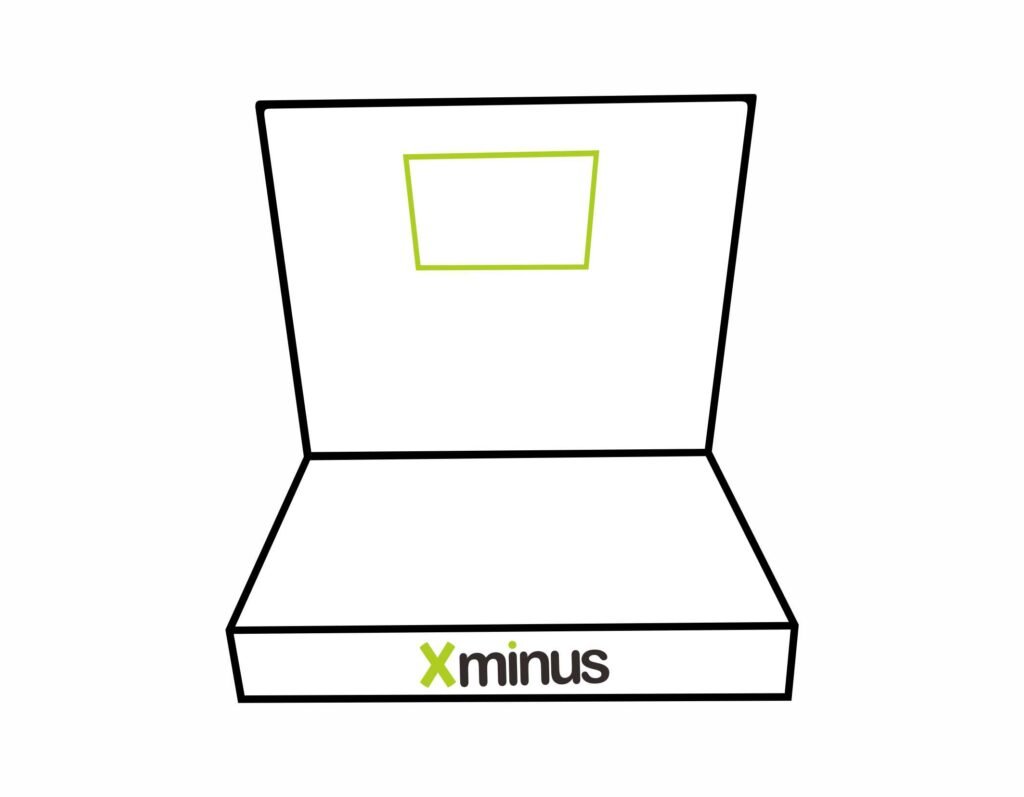The logo needs to be reflected on the display rack. It can let customers know the brand of the products better and faster, get a good first impression, and distinguish it from the competition. If designed well it will help to establish a connection with customers.
So how to display a logo on the display stand to get a better effect? Different circumstances choosing the way to reflect the logo on the display stand is not the same. Usually, there are seven common ways of expression.
1, Silk screen printing
Screen printing is a printing technique where a mesh is used to transfer ink (or dye) onto a substrate, except in areas made impermeable to the ink by a blocking stencil. A blade or squeegee is moved across the screen to fill the open mesh apertures with ink, and a reverse stroke then causes the screen to touch the substrate momentarily along a line of contact. This causes the ink to wet the substrate and be pulled out of the mesh apertures as the screen springs back after the blade has passed. One color is printed at a time, so several screens can be used to produce a multi-colored image or design. For more info kindly ref: https://en.wikipedia.org/wiki/Screen_printing.
According to the Pantone color of logo silk screen printing on the display rack design specified position. This way of silk screen printing is based on a smooth horizontal surface and the logo color is relatively simple. If the logo is more than four colors or has a gradual effect, it is not suitable for this way.
Silk screen printing has two kinds of printing: front printing and reverse printing. Front printing is printed directly on the surface of the object. Reverse printing is printed on the back of the transparent acrylic and does not affect surface viewing.


2, UV printing
UV printing is a distinctive form of digital printing that involves the use of ultraviolet (UV) light to cure or dry UV ink almost as soon as it is applied to a prepared substrate. The UV printing process is unique. The substrate can include paper as well as any other material that the printer can accept. This can be foam board, aluminum, or acrylic. As the UV ink is distributed onto the substrate, specialized ultraviolet lights within the printer are immediately applied to the material over the top of the ink, drying it and adhering it to the substrate. For further info kindly ref: https://prtwd.com/guides/what-is-uv-printing/.
For some rich color or gradient effect of the logo or pattern to be printed on the surface of the object, often take UV printing, this printing method is more convenient, and the effect is very good, but the cost will be relatively high.

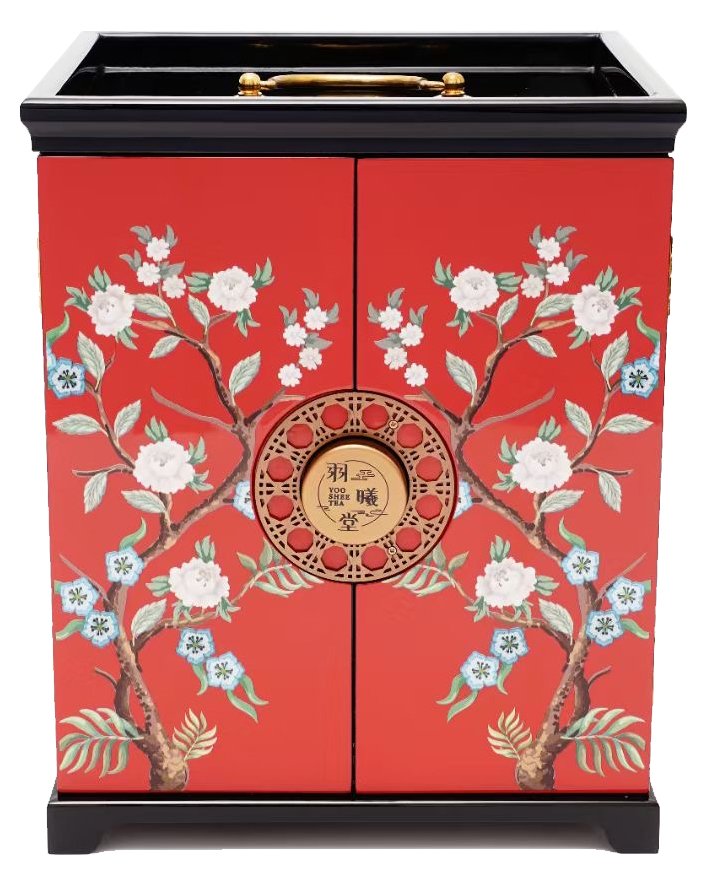
3, Stick 3D acrylic
Install the shape of the logo and directly carve acrylic characters. For example, if the logo wants to highlight the effect of 3mm, carve 3mm thick acrylic plate according to the design shape of the logo, so that the letters can be glued to the corresponding place. What should be noted is that when sticking to the surface of different materials, the glue requirements are different to prevent easy falling,. For example, when sticking to the surface of wood, glue is best to use wood, and acrylic bonding effect is better

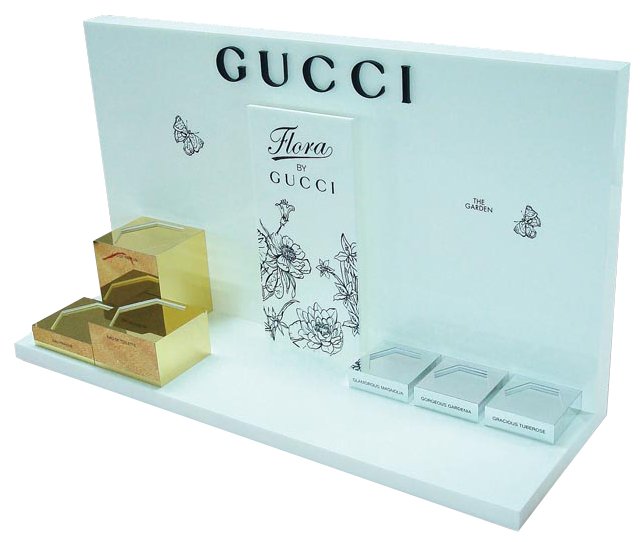
4, Luminous logo
In many cases, to make the logo more bright and attract the attention of consumers, the logo on the display shelf will be made into a luminous effect. Of course, the logo can be slightly concave, or flat, or it can also be convex. Micro concave generally refers to the thickness of the metal plate, which adds a milky white acrylic board inside. The flat effect is usually marked, and the convex effect is a stick acrylic character.
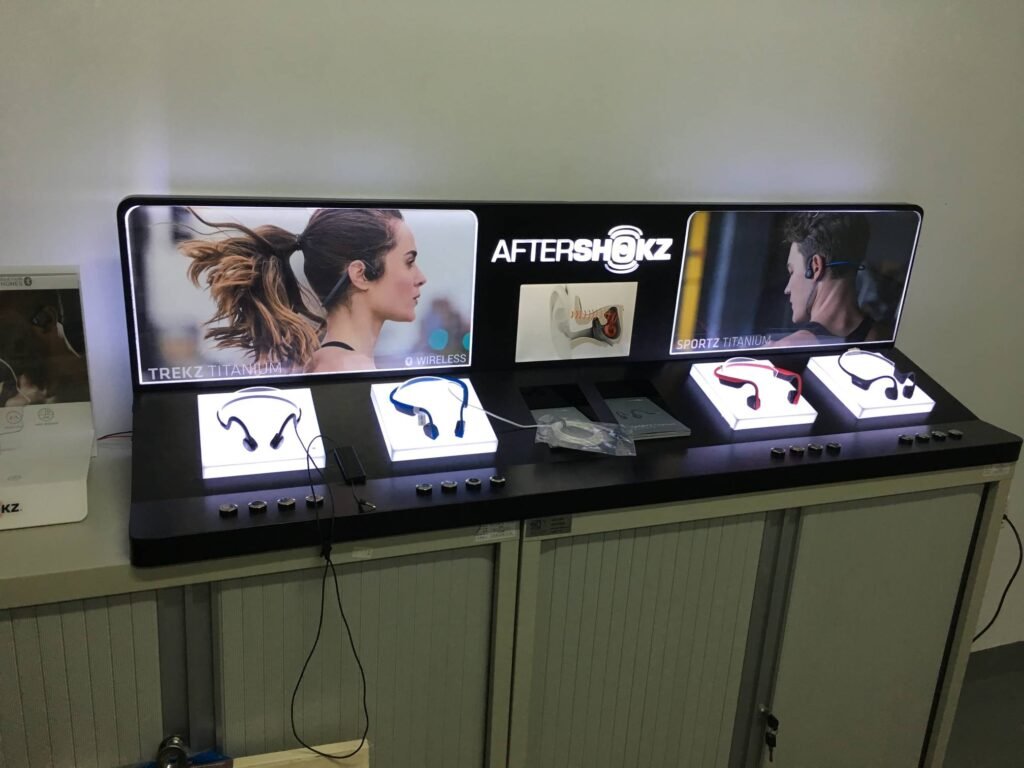
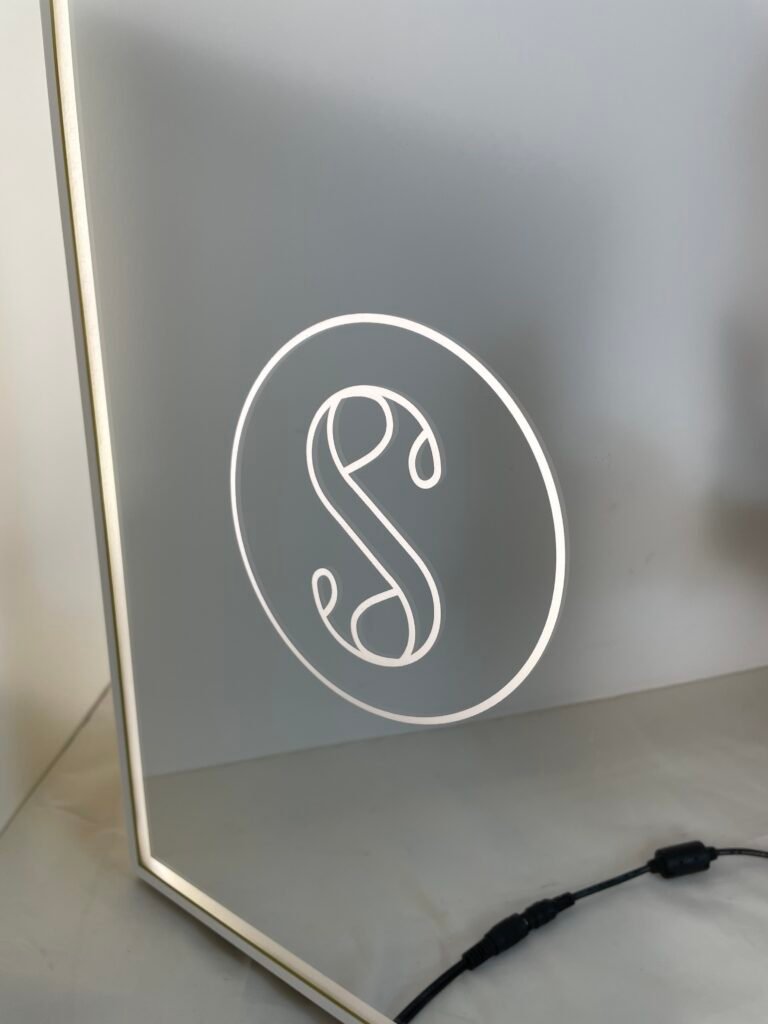

5, Self-adhesive sticker logo
Directly carve the logo shape of the sticker and stick it on. The advantage is that it can be stuck on a curved surface, which solves the problem that the screen printing can only be on the plane. The disadvantage is that the color of the sticker is limited. If the logo color is special, it is difficult to choose a sticker with a color close to the logo.
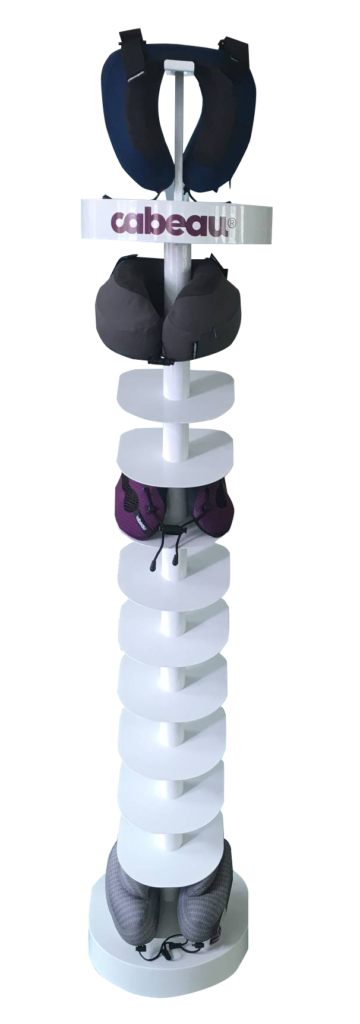
6, Laser marking
Marking this way is used in many cases for wood and acrylic surface more, there are many different processes of material surfaces that can also mark.

7, In graphic design
The logo is directly reflected in the picture design, shown with the graphic.
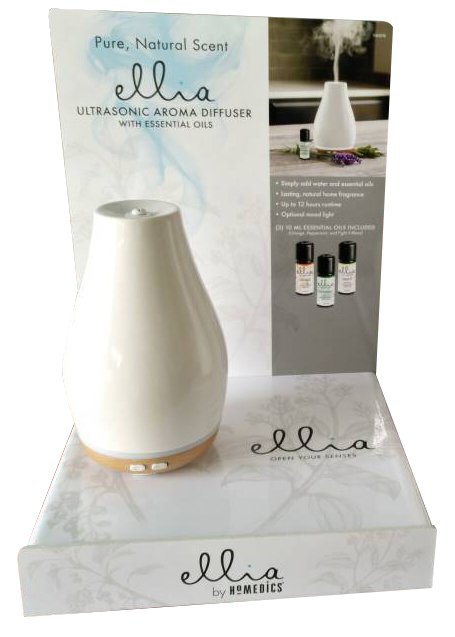
Logos can be shown in various ways on the display stands. We should choose the most appropriate way to display logos according to different requirements of design and function. It will be of great benefit to brand communication and customers’ impression of the product.
We provide free design and cost budget of customized display stands. If you plan to start one please talk to us at info@xminusdisplay.com.

